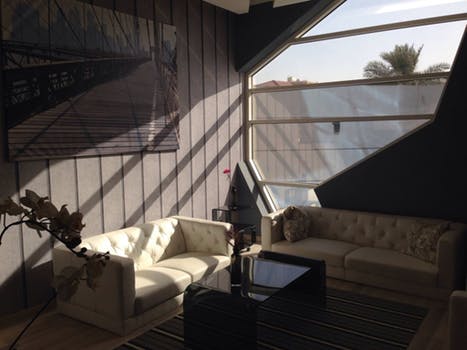 The summer of 2018 is turning out to be one of the hottest on record, which means it is more important than ever to ensure you take adequate measures to protect your skin. Skin cancer incidence rates are rising year on year and have more than doubled since the early 1990s (128%). It is now the 5th most common cancer in the UK, with a roughly even split between men and women.
The summer of 2018 is turning out to be one of the hottest on record, which means it is more important than ever to ensure you take adequate measures to protect your skin. Skin cancer incidence rates are rising year on year and have more than doubled since the early 1990s (128%). It is now the 5th most common cancer in the UK, with a roughly even split between men and women.
One Ashford’s Consultant Dermatologist Dr Juber Hafiji is a leading skin cancer expert, one of the few surgeons in the country accredited with the American College of Mohs Surgery, the world’s leading Mohs surgery institution. He sees patients on a daily basis with suspected skin cancer and patients often ask him common myths relating to the skin and sun exposure which he has dispelled below.
 Myth
Myth
Teenagers and young people don’t need to worry about skin cancer. It only affects older people.
Truth
Melanoma is the most common cancer in young adults, ages 25 – 29. It is steadily increasing more in women aged 15 – 29 than in men of the same age group. Check your skin monthly and be alert to changes in the number, size, shape and colour of your moles on your skin. Sores that fail to heal can be an early sign of non-melanoma skin cancers.
If in doubt, check it out!
Myth
Dark skinned men and women are not at risk of sun damage and skin cancer.
Truth
Although darker skinned people have a much lower risk of skin cancer than fair skinned people, this does not make them immune to skin cancer. Darker skinned individuals should still take action to protect their skin and eyes from overexposure to the sun to reduce the risk of UV damage. Skin cancers in people with darker skin are often not detected until later stages when it can be more dangerous.
Myth
Having a tan is healthy.
Truth
There is no such thing as a healthy tan. Over exposure to sun can cause blistering sun burn or tanning of the skin. Both are signs of DNA damage caused by the harmful UV rays which can significantly increase your risk of developing skin cancer. Remember to take adequate sun protection measures:
Slip on a shirt, Slap on hat, Slop on sunscreen (minimum 30 with 5 star rating), Seek shade and Slide on Sunglasses.
Myth
I don’t need to wear sun screen in cloudy weather.
Truth
80% of the sun’s ultraviolet light passes through clouds. Appropriate sun protection measures are crucial, which includes applying sunscreen all year round, especially if you have fair skin or are at high risk of developing skin cancer.
Myth
Using sunbeds before I go on holiday will help protect my skin in the sun while on holiday.
Truth
Using sunbeds causes DNA damage and significantly increases the risk of developing skin cancer in later life. It also causes premature ageing of the skin – not good when you need all the help you can when you turn 50! The only safe way to ‘tan’ is from a bottle.
Myth
I got badly burnt in childhood and was a sun worshipper. The damage is done so no point changing my habits now.
Truth
Although the chronic, cumulative exposure of sun in earlier years will result in irreversible damage to the skin cells, changing your behaviour/lifestyle in terms of adopting appropriate sun protection measures will prevent any further damage and therefore reduce your risk of developing skin cancer in later life.
Myth
If I avoid the sun altogether, I will become Vitamin D deficient and potentially develop other health problems.
Truth
Most people make enough Vitamin D from being out in the sun daily with their forearms, hands and lower legs uncovered from April – September especially from 11am – 3pm. The precise time required to activate Vitamin D by the UV rays on the skin varies depending upon your skin type, the weather and the amount of skin exposed. If wearing shorts and a T-shirt on a sunny day then 10-30 minutes is all that is required to generate sufficient vitamin D.
Myth
Harmful UV rays do not pass through windows.
Truth
Sunlight has many rays. The 2 mains ones are Ultraviolet A and Ultraviolet B. Although UVB rays are blocked, UVA rays which cause ageing and skin cancer pass straight through window glass.






 One Ashford
One Ashford One Hatfield
One Hatfield